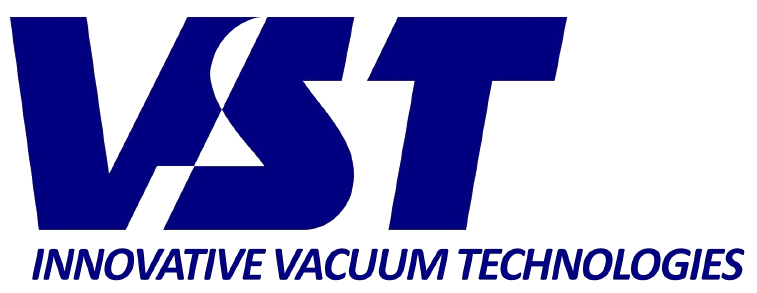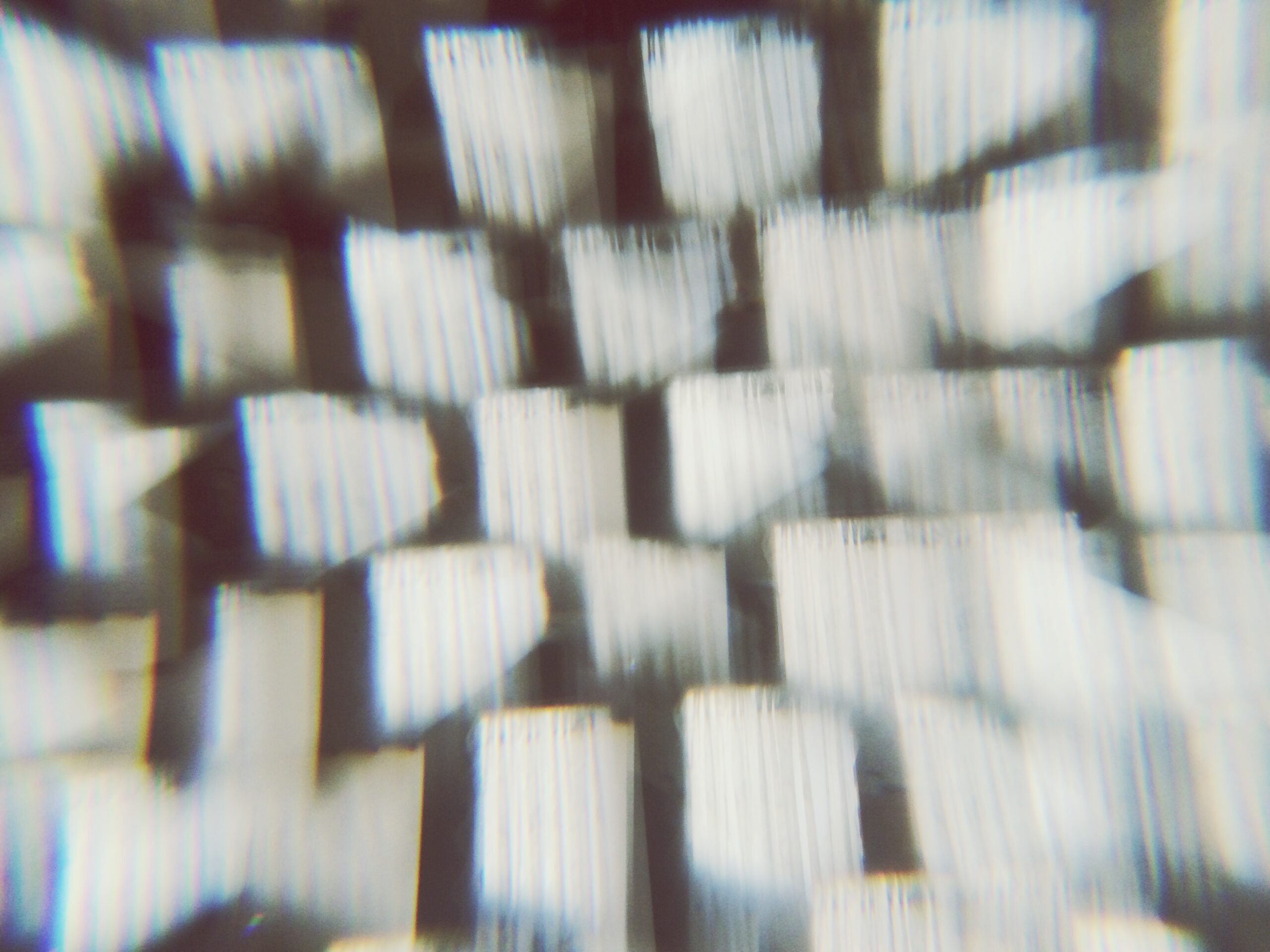Fundamentals and Importance of the Thin Film Deposition Process
Thin Film Deposition is a foundational process in modern materials science and nanotechnology, used extensively in electronics, optics, energy devices, and surface engineering. It refers to the technique of applying a very thin layer of material—typically on the nanometer to micrometer scale—onto a substrate. The resulting thin film alters the surface properties of the substrate and can serve various functional purposes.
Understanding the Thin Film Deposition process
Thin Film Deposition involves controlled placement of atoms or molecules onto a substrate to build up a continuous, uniform film. The process plays a critical role in semiconductor device fabrication, solar panels, and advanced coatings. Thin films can enhance electrical conductivity, optical reflectivity, corrosion resistance, or mechanical durability. The precision and uniformity of the layer are crucial to the performance of the final product.
Common methods of Thin Film Deposition
There are two primary categories of Thin Film Deposition: physical and chemical methods. Physical Vapor Deposition (PVD) includes techniques like sputtering and evaporation, where material is vaporized and deposited onto the substrate in vacuum conditions. Chemical Vapor Deposition (CVD), on the other hand, involves chemical reactions that occur on the surface of the substrate to form the thin film. Each method has unique advantages depending on the required film properties, substrate compatibility, and production scale.
Thin Film Deposition in advanced technology
In the context of modern electronics, Thin Film Deposition is essential for creating layers in integrated circuits, display technologies, and memory devices. OLED displays, for example, use organic materials deposited in ultra-thin layers. Similarly, photovoltaic cells depend on thin film coatings to optimize light absorption and electrical conversion. As devices become smaller and more complex, the demand for precise and reliable deposition techniques continues to grow.
Challenges and innovations in Thin Film Deposition
Achieving uniformity, adhesion, and defect-free films remains a challenge. The interaction between film and substrate must be carefully managed to avoid delamination or cracks. Innovations in plasma-enhanced CVD and atomic layer deposition (ALD) help address these issues by enabling layer-by-layer control at the atomic scale. These advancements improve material performance and open new possibilities in flexible electronics and nanostructured coatings.
Applications across industries
Thin Film Deposition is not limited to electronics. It is widely used in optical coatings for lenses and mirrors, barrier layers in packaging, sensors in medical devices, and even decorative coatings in jewelry. The versatility of thin films makes them integral to countless everyday products and high-tech systems. In aerospace and automotive industries, these coatings can reduce friction and increase component lifespans.
Conclusion
Thin Film Deposition is a critical technology that supports a vast range of innovations and applications. Whether through PVD, CVD, or emerging deposition techniques, the ability to engineer materials at the nanoscale provides unmatched control over surface properties. As materials science advances, the role of Thin Film Deposition will continue to expand, driving progress in electronics, energy, healthcare, and beyond.


